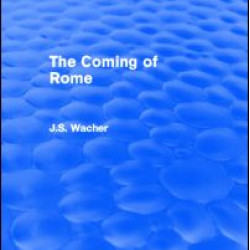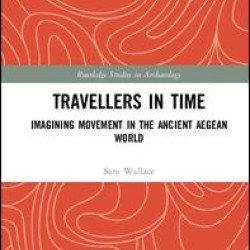Classical Greek & Roman Archaeology
Brand: Taylor & Francis
Model: Stock
This book explores how Roman perceptions of streets influenced their decisions about where to place urban buildings. Using textual evidence as well as the physical evidence from Pompeii, Ostia, Silchester, and Empúries, Alan Kaiser argues that ideals about the arrangement of space united the phenome..
₹8,812.80 ₹11,016.00
Brand: Taylor & Francis
Model: Stock
This book explores how Roman perceptions of streets influenced their decisions about where to place urban buildings. Using textual evidence as well as the physical evidence from Pompeii, Ostia, Silchester, and Empúries, Alan Kaiser argues that ideals about the arrangement of space united the phenome..
₹3,230.62 ₹4,038.28
Brand: Taylor & Francis
Model: Stock
First published in 1928, this volume contains six sequential lectures delivered by H.R. Hall in 1923 detailing the archaeological remains of Bronze Age Greece through its art, pottery and stone carvings...
₹7,270.56 ₹9,088.20
Brand: Taylor & Francis
Model: Stock
The Coming of Rome, first published in 1979, examines some basic features of Roman Britain: the cities, the towns, and the monuments of an urban culture. J.S. Wacher considers the evidence, mainly from inscriptions, of the people who inhabited or visited Britain during approximately the first two ce..
₹3,083.74 ₹3,854.68
Brand: Taylor & Francis
Model: Stock
The Coming of Rome, first published in 1979, examines some basic features of Roman Britain: the cities, the towns, and the monuments of an urban culture. J.S. Wacher considers the evidence, mainly from inscriptions, of the people who inhabited or visited Britain during approximately the first two ce..
₹8,812.80 ₹11,016.00
Brand: Taylor & Francis
Model: Stock
Travellers in Time re-evaluates the extent to which the earliest Mediterranean civilizations were affected by population movement. By assessing a broad range of recent archaeological and ancient textual data from the Aegean and central and east Mediterranean via five comprehensive studies, this book..
₹8,078.40 ₹10,098.00







